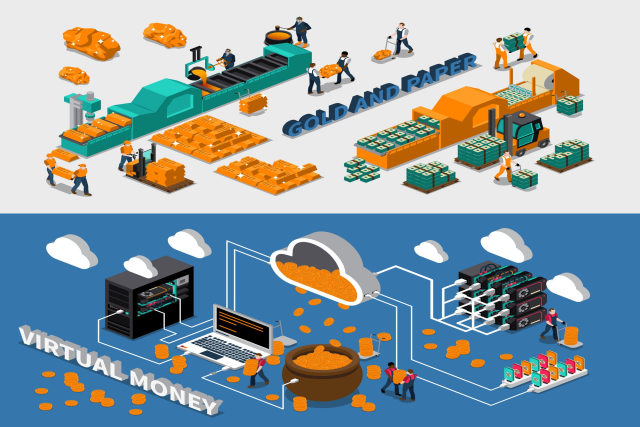
Technology is the cornerstone of nearly every sector in the world today, and the automobile industry is not different. As there has been an accelerated growth in connectivity, cloud computing, and data analysis, the use of these technologies has led to connected car solutions and telematics that are revolutionizing how cars communicate, function, and improve user experience. This movement towards connected vehicle systems, which are powered by cloud infrastructure, is transforming the way people travel, making transportation safer, more efficient, and more automated.
Although telematics in cars has come a long way, with products such as the On-Board Diagnostics (OBD) dongles and Telematics Control Units (TCUs) providing real-time monitoring and communication capabilities, perhaps the most revolutionary leap is the merging of these technologies with cloud infrastructure. In this blog, we will discuss how cloud technology is transforming telematics, making real-time vehicle data analysis possible, and making connected car solutions more streamlined.
Vehicle Connectivity Solutions and Telematics in the Cloud
The cloud has emerged as the backbone for most contemporary technological advancements, and in the automotive industry, cloud-based telematics solutions are redefining the limits. Historically, telematics systems gathered vehicle information on-premise or via in-vehicle equipment such as OBD dongles and TCUs. Although these devices were capable, they tended to be limited in data storage, processing capacity, and scalability.
With the cloud, though, vehicle systems are now able to tap into essentially limitless computing capacity and storage. Information from several vehicles can be gathered, processed, and analyzed in real-time, allowing manufacturers, fleet operators, and consumers to gain from the insights that are gathered.
Cloud-based vehicle communication
Cloud-based vehicle communications are shaping the future of transportation by enhancing fleet management, reducing driver risk, and streamlining maintenance. In fact, vehicle communication in the cloud opens the door to autonomous vehicles, where continuous data streaming is essential for safe, real-time navigation and decision-making.
Cloud-Enabled Vehicle Systems
Connected car technology has witnessed significant advancements due to the convergence of cloud computing and telematics. Nowadays, car systems fueled by the cloud allow for much more than engine diagnostics or GPS location. Cars are now able to stream real-time telemetry to cloud servers, making predictive maintenance, driver monitoring, and route optimization possible.
For instance, through cloud-enabled vehicle systems, fleet operators are able to obtain detailed information about fuel consumption, vehicle location, engine performance, and driver behavior. Through this data, they are able to optimize operations, enhance efficiency, and lower costs. Additionally, the incorporation of AI and machine learning into the cloud systems enables predictive analytics—detecting maintenance problems before they become expensive issues, minimizing downtime, and maximizing fleet schedules.
Cloud-powered connected cars also provide an individualized driving experience. Infotainment, navigation, and climate control features can be tailored according to the driver's desires. Additionally, over-the-air (OTA) software updates provide an easier method for manufacturers to maintain vehicle software with the newest features, security updates, and bug fixes, all without requiring a visit to the dealership.
Real-Time Vehicle Data Cloud
The real-time collection, processing, and sharing of vehicle data is one of the key benefits of cloud-enabled telematics. With vehicles constantly transmitting data to the cloud, manufacturers and fleet operators can access up-to-the-minute information on a variety of parameters, such as vehicle health, location, driver performance, and fuel efficiency.
This real-time information can be priceless in fleet management, where fleet operators require instant access to information regarding their vehicles to enable them to make rapid decisions. For example, if a vehicle has a mechanical problem or is involved in an accident, the system can alert fleet managers so that they can act promptly.
Further, this stream of real-time data is also helpful in improving road safety. Telematics solutions can notify drivers of possible risks like unexpected changes in weather, traffic jams, or hazardous road conditions so that they are alerted and ready to act. Actually, cloud-based vehicle systems have already made it possible to have some degrees of autonomous driving like adaptive cruise control and automatic emergency braking, depending on the cloud for fast processing of data.
IoT in Automotive Cloud and Automotive Cloud Solutions
Cloud solutions are also at the forefront of creating Internet of Things (IoT) devices in cars. IoT within car cloud platforms enables devices to communicate with the cloud seamlessly, collecting data from various in-car sensors, cameras, and control systems. Sensors integrated into the engine of a car, for instance, monitor temperature, pressure, and more, sending the information to cloud servers for further processing.
Cloud offers a centralized platform for IoT devices to communicate with each other and exchange information.
Cloud Data Exchange in Vehicles
As more cars become connected, the importance of the free flow of data between cars and external systems grows. Cloud telematics solutions make it possible to exchange vehicle data in real time and thus improve car-to-car, car-to-infrastructure, and car-to-traffic management system communication.
The vehicle-to-cloud data transfer facilitates a smoother driving experience by providing real-time traffic information, weather conditions, and even the location of road closures. Further, the exchange of data among vehicles can help traffic management become more efficient in general, eliminating congestion and decreasing the environmental effects of traffic.
For instance, when a car senses a danger on the road, it can automatically alert surrounding cars by using a cloud-based system, thus avoiding accidents. Such real-time information exchange is fundamental to building complete autonomous vehicles because it makes transportation smarter and safer as an ecosystem.






